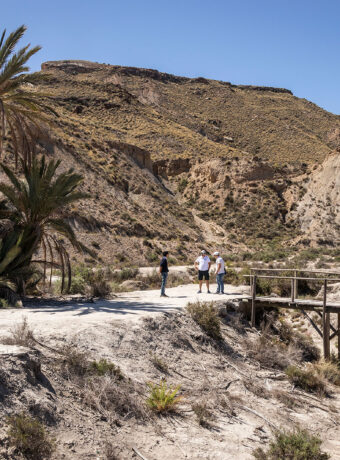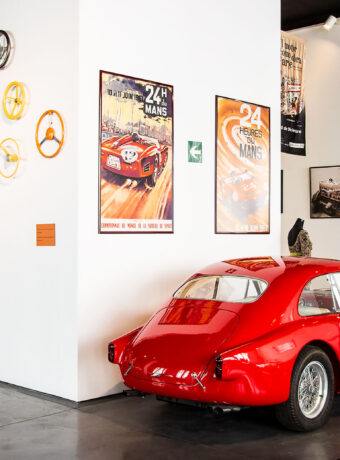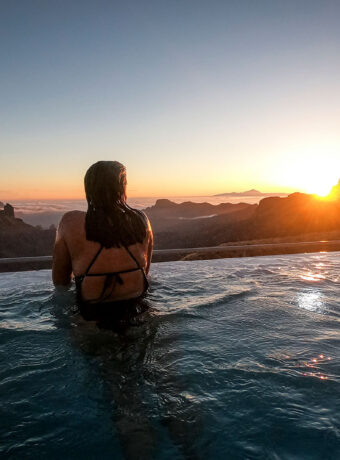Seville is Andalusia’s charming capital and a wonderful mix of cultures, reflected in its food, architecture, art and history.
There are plenty of good reasons to visit Seville. A wonderful blend of authentic Andalusian tradition and modernity, the Andalusian capital is so captivating that it ranks third in the list of most visited cities in Spain.
Seville is perfect for a weekend break, where you can explore everything from historic palaces and churches to modern sculptural buildings, see local art and eat great food. The guide will inspire you to spend 48 hours in Seville to satisfy all your senses.
And then you can walk to most of the city of some 700,000 inhabitants, which is dotted with fragrant orange trees.
Friday

16:00: See Seville from the top
Standing in Plaza de la Encarnación, looking out over the giant wooden structure that looms like huge mushroom parasols, you feel like you’re in a futuristic film. Metropol Parasol, known locally as Las Setas (the mushrooms), opened in 2011 and is visible proof that Seville is also a forward-thinking city. Created by German architect Jürgen Mayer, the Metropol Parasol is claimed to be the world’s largest wooden structure.
Take the stairs, escalators or lift to the top, where you can move around the walkways and get impressive 360-degree views of the city.
At the top there is a bar. Underneath the construction is a street-level food market, and in the basement you can see Roman ruins that were discovered during construction.
Las Setas de Sevilla, Plaza de la Encarnación
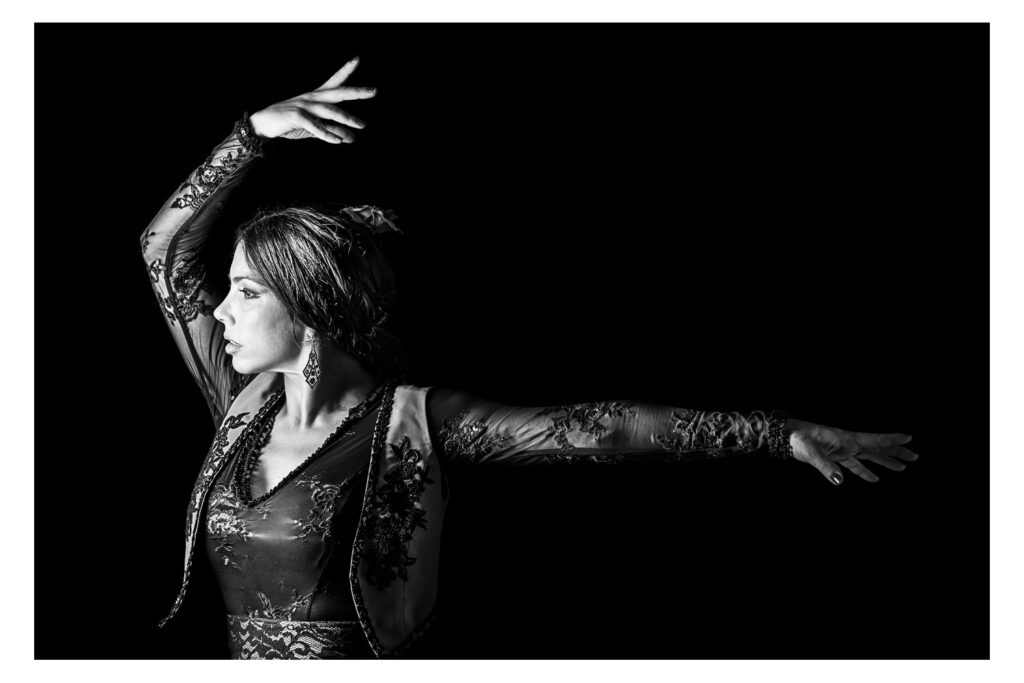
18:00: Seville’s best flamenco show
Flamenco is one of Seville’s most important cultural treasures, and you’ll find countless tablaos in the city with flamenco shows. The most interesting place is the Museo del Baile Flamenco, which is hidden in a palace in a small side street. Once you’ve found it, an interesting museum awaits, where you can learn about the history and many styles of the art, as well as the best flamenco shows in town.
Start at the interactive museum created by the famous flamenco dancer and choreographer Cristina Hoyos in 2006. Here you can explore 200 years of flamenco history and learn about its origins, development and styles, and see flamenco costumes and musical instruments.
After your museum visit, you can visit the shop, where you can buy photos, postcards and books. Finish your visit with a flamenco show on the patio. Here you are guaranteed a top-class show with the best musicians, singers and dancers from the city.
Museo del Baile Flamenco, Calle Manuel Rojas Marcos 3
20.30: Dinner in colourful surroundings
Set in a magnificent 1904 mansion, Restaurant Anibal is divided into several bars and lounge areas, themed around nature and the five continents. It’s a fashionable, colourful and surprising experience.
At the entrance there is a bar where you can enjoy a drink while waiting for your table. The menu is also a journey through the five continents with a nice selection of both Spanish and ethnic touches.
Portions are extremely generous at Anibal, and the food is as much a visual treat as the decor. Allow plenty of time for dinner, as there’s a long wait between courses, as part of the experience is chatting to the owner and waiter as they generously pour wine into glasses between courses.
There’s a DJ in the middle room, and on the night I visited the restaurant, the playlist featured 1980s music played at a height high enough for normal voices at the tables. The DJ will also be happy to play your music requests. Book a table in advance.
Anibal Restaurant, Calle Madre de Dios 8
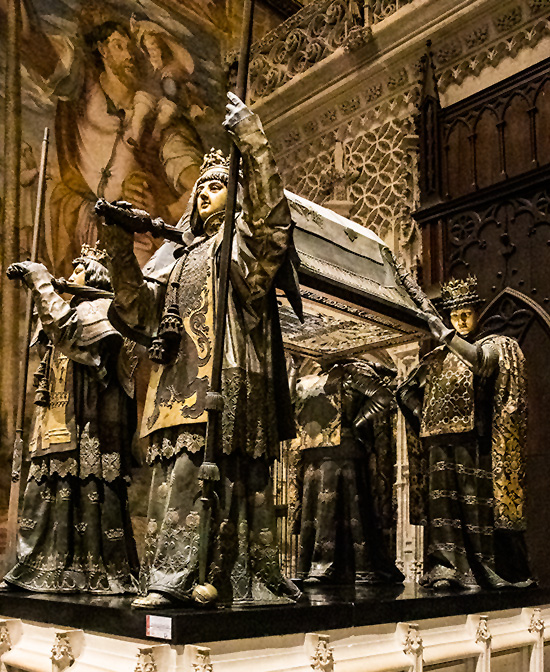
Saturday
9.00: Famous cathedral and bell tower
Seville’s cathedral, Santa Maria de la Sede, is the world’s largest Gothic cathedral and a UNESCO World Heritage Site. It was built between 1434 and 1517 over the remains of a former mosque and is 126 metres long and 83 metres wide. There are 80 side chapels in the majestic cathedral.
One of the main attractions is the cathedral’s beautiful bell tower, the Giralda, which was originally the minaret of the mosque. The minaret was built in the 12th century and its name comes from the weathervane on top, known as the Giradillo, the city’s most famous symbol. The rebuilding of the tower was completed in 1568, when, among other things, a Renaissance bell was added. The Giralda has a total of 24 bells, which is the largest number in a cathedral. You can climb to the top of the 104-metre tower, where you’ll have great views of the city.
Another great attraction is the tomb of Christopher Columbus. Columbus died penniless in Valladolid in 1506, but the funerary monument with four bearers holding the coffin with the 180 grams of bones dates from 1892. The bearers represent the former kingdoms of the Christian monarchs, Castile, León, Aragon and Navarre. There has been much debate about whether the coffin also contains Comombus’ remains, but DNA tests have shown that they belong to the famous explorer.
Seville’s cathedral also houses precious art by. Goya, Murillo and Zurbarán.
10.30: Cook Spanish food at the market
The Triana district of Seville has the city’s most beautiful food market, where you can also learn to cook classic Spanish dishes. The workshop will be led by chef Víctor Silvestre, who is also a TV chef and has worked in a Michelin restaurant. The workshop begins with a tour of the market, where stalls are full of fresh fruit and vegetables, fish, meat, cheeses, ham, sausages and spices. Here you will be introduced to the local produce and delicacies.
After that, you’re on your own in the kitchen. While you prepare your meal, sip on tapas and homemade sangria.
The menu includes the classic Spanish soup salmorejo, paella and lemon ice cream with cava and mint. A Valencian paella is made with chicken and rabbit, but Silvestre chooses only chicken to make sure everyone enjoys the paella. After that introduction, he shows how to cut the chicken into pieces for the paella, and then the participants have to do it themselves. Chicken is cut into pieces, beans, artichokes and garlic are sliced and diced. Everything is fried and spices such as local saffron and rice are added.
While the paella sizzles in the pan, prepare the soup. Salmorejo consists of tomatoes, bread, garlic and olive oil. It is easy to prepare in the blender. Finally, mix lemon ice with cava and fresh mint for dessert and enjoy.
All the dishes are simple and they taste great. After the workshop, you can buy saffron and rice to take home for the paella at the market, where you will get a discount after attending the workshop.
13:00: Discovering local ceramics
Throughout Seville you’ll find colourful ceramics adorning palaces, private homes and public walls and benches. The ceramics are produced in the Triana district, which is also home to a ceramics museum. The museum houses the old Santa Anna ceramics factory, which created all the tiles for the Plaza de España. Here you can learn the story of why the clay and water of the area are so suitable for ceramics, gain insight into the archaeological, anthropological and architectural significance of ceramics in the area, and see some of the factory’s machinery and various ceramic works. Even the toilet in the museum is adorned with fine ceramic figures.
In the shop next door, you can buy ceramic tiles, bowls, dishes and jugs in countless colours and patterns to take home.
Centro Cerámica Triana, Calle Callao 16
15:00: A trip on the water
The Guadalquivir River runs through Seville, and seeing the city from the water is a beautiful experience. Along the way, you’ll pass both new and historic buildings, including. Torre Sevilla (also known as the lipstick), Parque de Maria Luisa with Plaza de España, along the Triana district’s colourful houses and the iconic military tower, the Golden Tower (Torro del Oro). You also sail under old and new bridges and experience the city’s life on the water.
Book a boat trip on the Guadalquivir (promotional link). The boat leaves from the Estación Marítima Torre del Oro, in front of Torre del Oro.
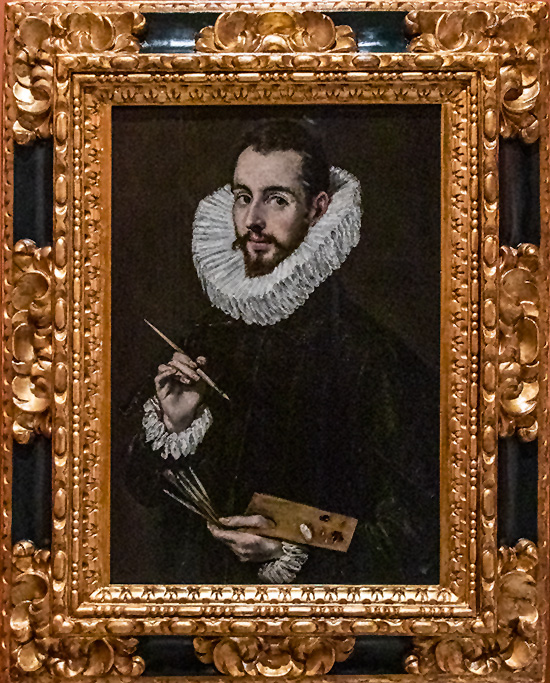
17:00: Local art in the former monastery
The Museo de Bellas Artes is beautifully set in a former convent and houses an extensive collection of Sevillian and Spanish paintings and sculptures. The works date from the 15th to the 20th century, with an emphasis on religious paintings from El Siglo del Oro (the Spanish Golden Age) in the 17th century.
A whole area is dedicated to the Sevillian Baroque painter Bartolomé Esteban Murillo (1617-1682) and the Seville School. Murillo’s main work is La Colosal(Inmaculada concepción) and a must see. In addition, there are works by, among others. Zurbarán, Juan de Valdés Leal, the sculptor Juan Martínez Montañés, the city’s most famous painter Velázquez (the work Cabeza de Apóstol and a portrait of Goya) and El Greco’s portrait of his son, Jorge Manuel.
Museo de Bellas Artes, Plaza del Museo 9
18.30: Main and side street shopping
If you want to shop for souvenirs, delicatessen clothes and other goodies to bring home from Seville, start on the iconic Calle Sierpes, which is filled with historic shops with beautiful facades, where you can buy watches, hats and local salty and sweet delicacies, among other things. Try the local sugar-coated cakes Ines Rosales with olive oil, available in different flavours such as aniseed, orange sesame and sea salt. The large, thin, round cakes have been made for over 100 years and they taste heavenly. Walk down the side streets too, where you’ll find small shops selling local design and crafts.
In Tetuán, the city’s other main shopping street, you’ll find major chains such as Zara, Sephora, Hennes & Mauritz and Stradivarius. Here, too, it’s worth looking in the side streets for small shops where you can buy shoes at good prices.
Calle Sierpes and Calle Tetuán
20:Sophisticated dinner with river view
Abades Restaurant is located in the colourful Triana neighbourhood, opposite the Golden Tower on the Guadalquivir River. The building is new and organically shaped like the sail of a ship. The spacious rooms are modern and minimalistic, with white tablecloths and large cube-shaped panoramic windows that make you feel like you’re sitting in the middle of the river having dinner.
The food is sophisticated, Andalusian avant-garde, using only ingredients from small, local producers. The menu includes cod with pickles, chanterelles and hazelnut vinaigrette, civit de ciervo (venison stew), tapas and a salad with the best home-made goat’s cheese I’ve ever tasted.
In summer, you can sit out on the terrace and have dinner or just enjoy a drink with a beautiful view. Book a table in advance.
Restaurante Abades Triana, Calle Betis 69
22:00: Drinks on the roof terrace
The rooftop terrace at Doña Maria Hotel is popular at weekends. Here, locals and tourists alike meet for pre- or post-dinner drinks with the city’s best views of the cathedral and Giralda bell tower. Set in a former palace, the 4-star hotel’s bar offers a nice selection of cocktails, beers, wines and coffee. The terrace is open until 23:00.
The rooftop terrace is accessed from the ground-floor bar.
Doña Maria Hotel, Calle Don Remondo 19
Sunday
10am: Tour of the Royal Palace
Seville’s castle is the city’s most magnificent building. The Christian castle was built by Moorish craftsmen and is built in the Mudejar style with Renaissance elements. The complex is one of the most visited in the world, and it was added to UNESCO’s World Heritage List in 1987.
The Alcazar was originally built as a fortress in the 10th century, but later developed in several stages. The most spectacular attraction is the Palacio de Don Pedro, built by King Pedro I in the 15th century, whose façade was decorated by Granada artists inspired by the Alhambra.
Alcazár was inhabited by Moorish rulers until the Christian king, Fernando III, moved in after conquering the city in 1248. Part of the castle is still used by the Spanish royal family. Alcazár has also appeared in the TV series Game of Thrones.
Take a tour of the huge palace with its impressive, artistic wood, plaster and ceramic decorations. You can visit the bedrooms of the Arab kings, the throne room, beautiful courtyards and the surrounding park with countless fragrant flowers, shady trees and fountains.
Buy your ticket online before your visit.
Skip the queue at the ticket office and buy your ticket in advance here (advertising link)
Real Alcázar de Sevilla, Patio de Banderas
12 noon: The spectacular Plaza de España
Seville’s Plaza de España, located in the María Luisa Park, is an impressive sight and a square unlike any other in Spain.
Created by architect Aníbal Gonzálezs for the 1929 Ibero-American World Fair, the square is considered his masterpiece. It is built in a mix of Neo-Mudejar and Renaissance styles. At the site, you’re embraced by no less than a 170-metre-long, half-arched building, made up of galleries, archways and towers with bridges over a 515-metre-long canal where you can sail boats. In the middle of the square you will find a giant fountain.
The square is decorated with colourful ceramic tiles everywhere. Most famous is the tile work representing the 49 Spanish provinces. Spanish visitors like to be photographed in front of the work that represents the province they live in. Several filmmakers have also fallen in love with the 50,000-square-foot space, which appears in the films Lawrence of Arabia and Star Wars Episode II: Attack of the Clones.
Plaza de España, Av. of Isabel la Católica
13.30: Classic tapas in new clothes
Flores Gourmet is a modern version of an abacería (grocery store), which has both a bar and a shop. The space is spacious and bright, and you can sit at high tables, between deli displays and stocked wine racks, and eat the place’s delicious, modern tapas.
Among the delicacies on the menu, I recommend you try the reinterpretation of the classic ensaladilla russa (Russian salad), which in Flores Gourmet, is filled with large, fresh shrimp as well as bacalao en salsa de tomate y albahaca (cod in tomato sauce with basil). My favourite is Pan negro con gambas y ali oli (black bread with prawns and ali oli), which is a gourmet version of the popular Spanish prawns.
In the shop you can buy local wines, cheeses, hams and other quality local delicacies worth taking home in your suitcase.
Flores Gourmet, Calle San Pablo 24
 15:00: Discovering the Jewish Quarter
15:00: Discovering the Jewish Quarter
Seville’s old Jewish quarter, the Barrio de Santa Cruz, is a charming maze of narrow streets, alleyways, small squares with orange trees, whitewashed houses and churches, as well as cosy cafés, bars and shops. It is located in the city centre, including the Cathedral and Giralda. The city was reconquered in 1248, the Jews were exiled and the synagogues converted into churches in the 1400s, when it was also named Santa Cruz (Holy Cross).
Explore the neighbourhood’s many nooks and crannies. Along the way, stop by the central square, Plaza de Santa Cruz, the small square of Santa Marta and Seville’s narrowest street, Calle Reinoso. The street is also called Callejón de los besos (Kissing Street) because it is so narrow (no more than 0.5 m) that you can kiss from the balconies on either side of the street.
Barrio de Santa Cruz
Read also the article with tips to Seville’s soulful and historic flamenco quarter Triana
The journey to Seville
Ryanair has direct flights from Copenhagen to Seville every Tuesday and Saturday. Flight time is three and a half hours. Alternatively, you can fly to Málaga and take the train to Seville. The train ride lasts about two hours.
Check flight times to Seville and prices. Check train times here.
Hotels in Seville
I stayed at the 4-star Doña Maria Hotel (the one with the rooftop terrace mentioned in the guide). Set in a former palace, the boutique-style rooms are decorated with artwork and period furniture. Check availability and rates for Doña Maria Hotel here.
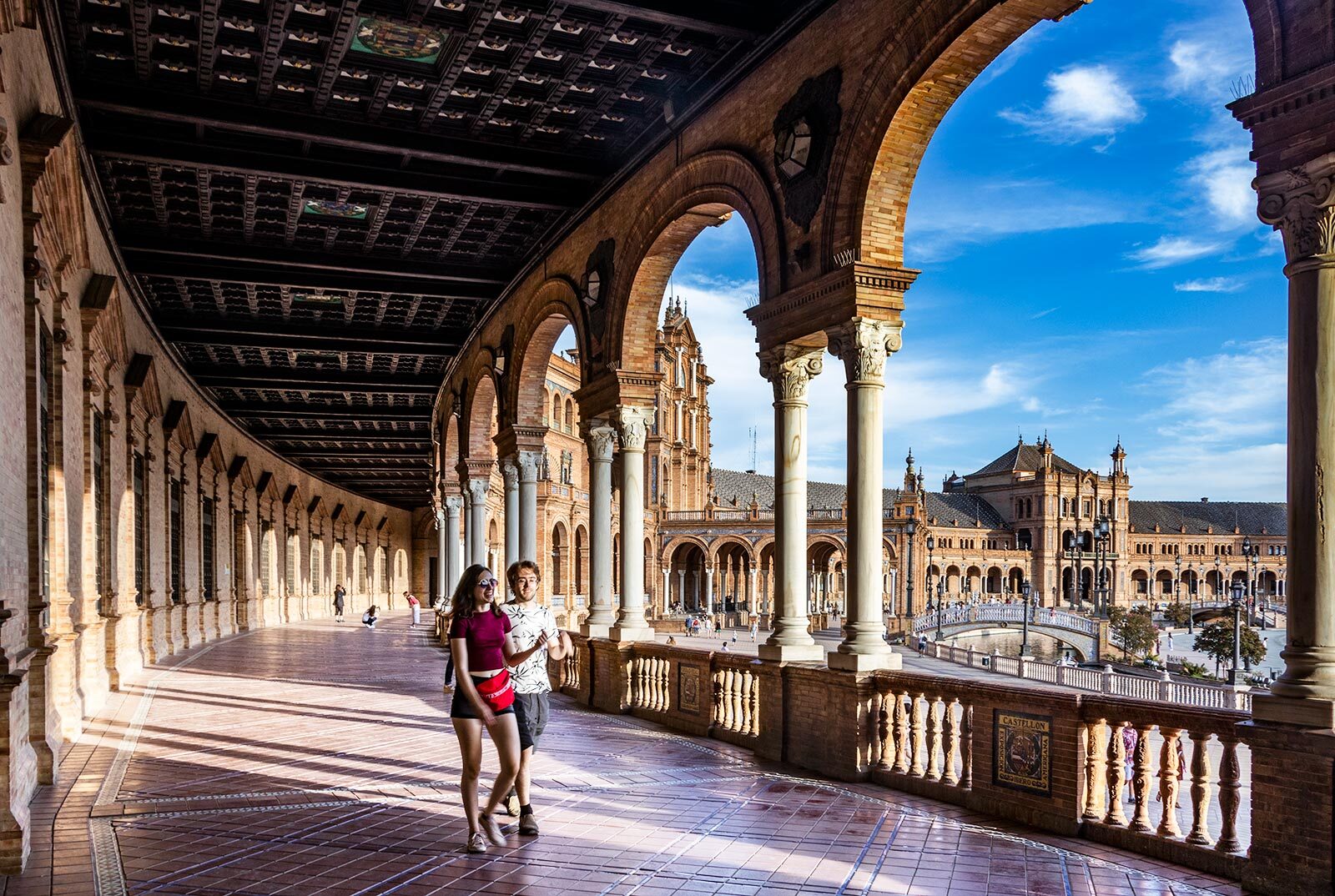
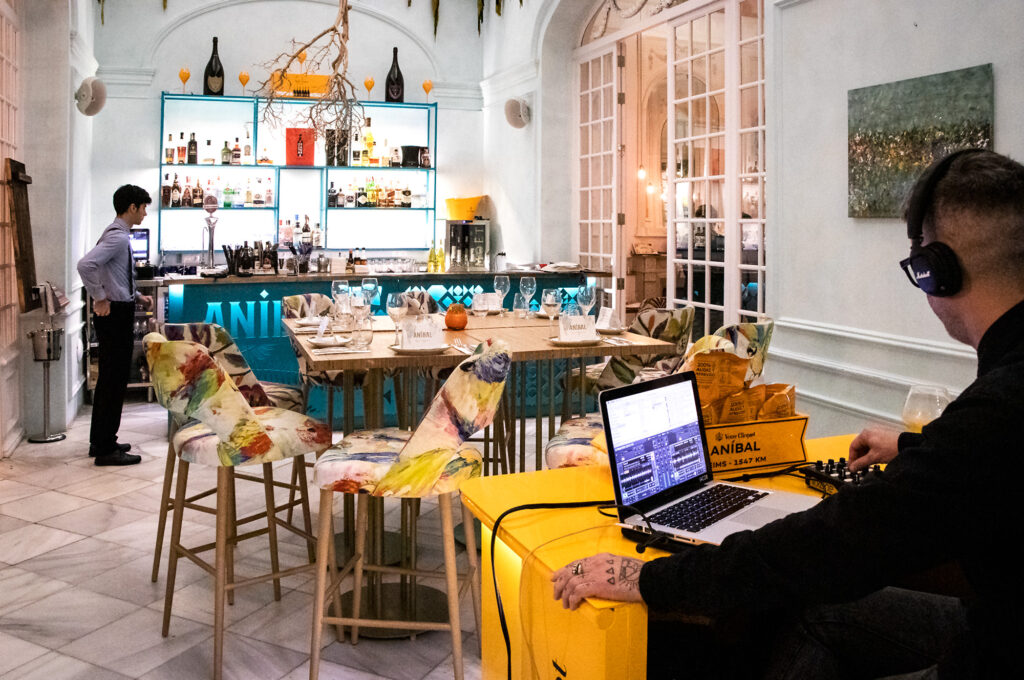

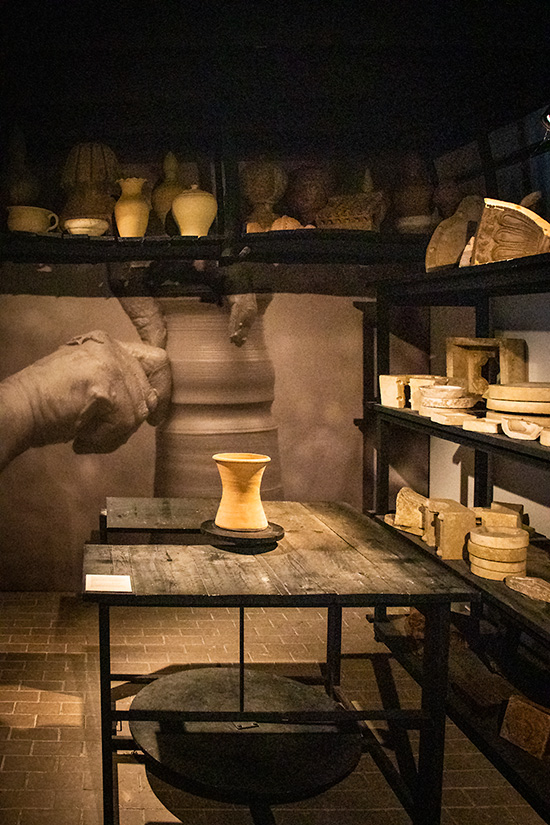
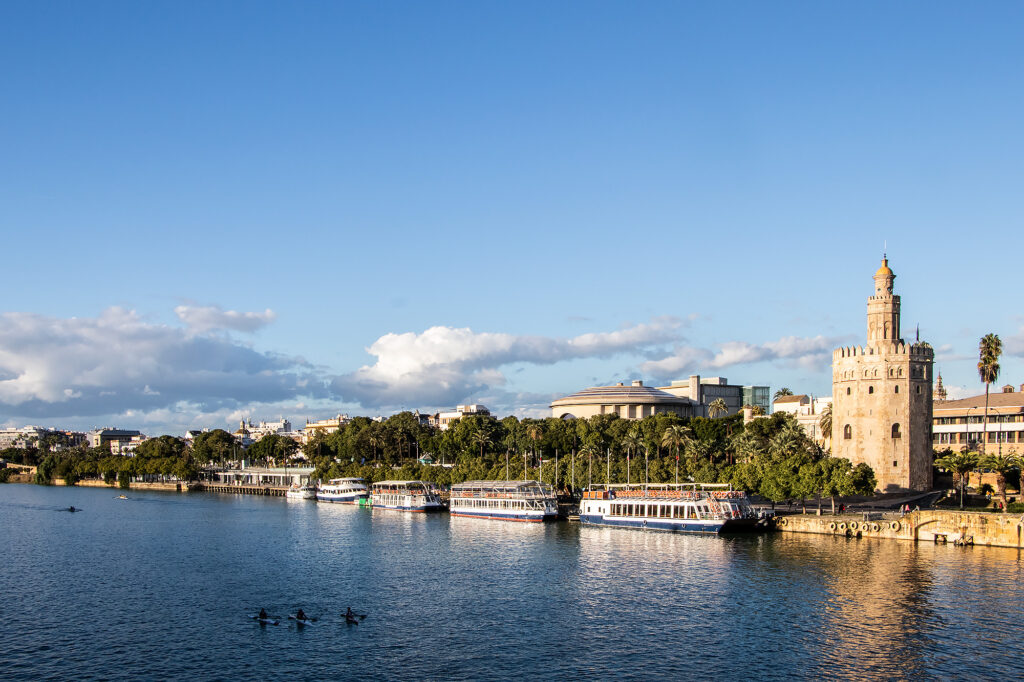


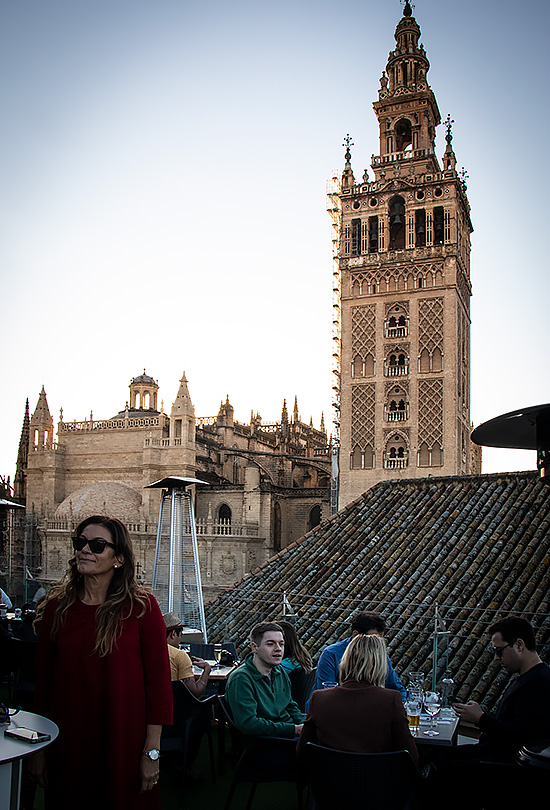
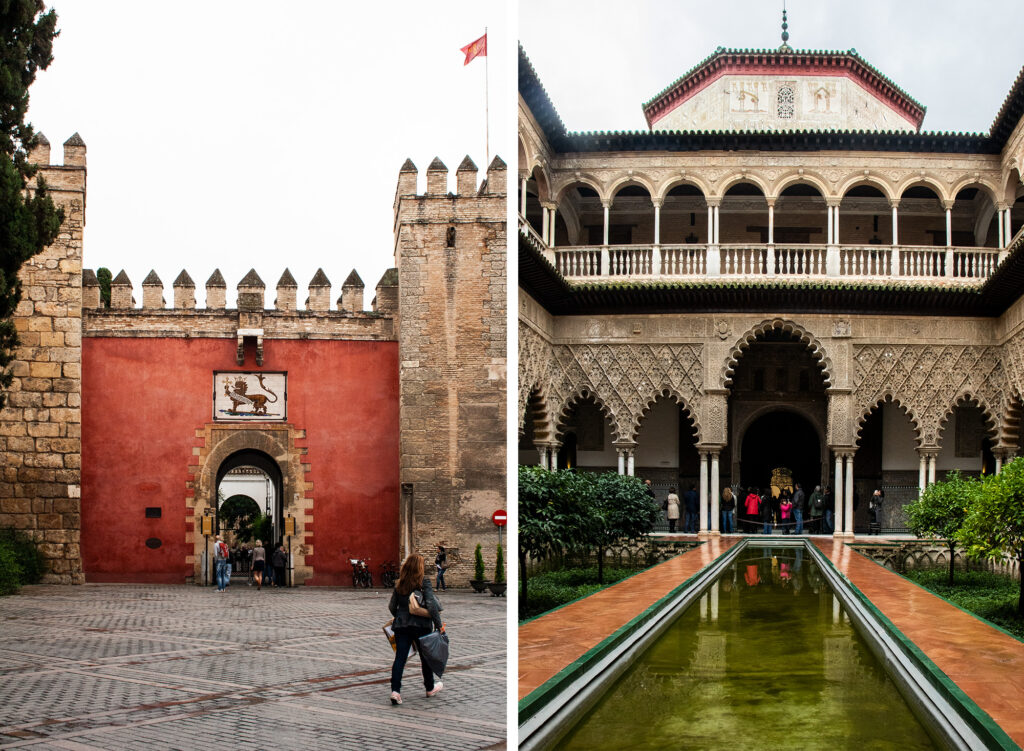
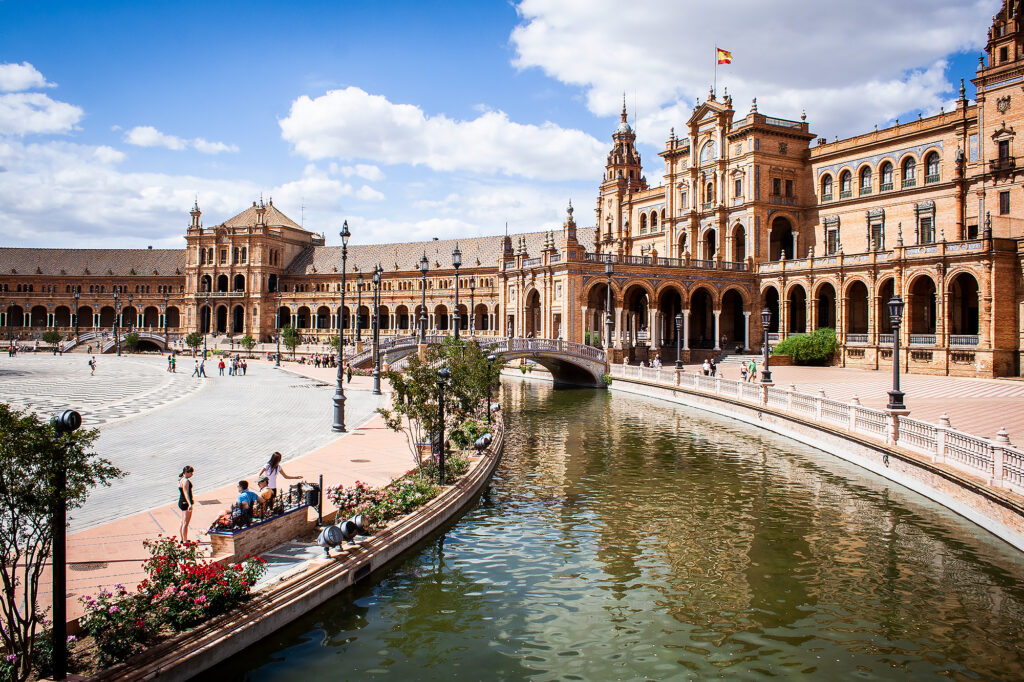
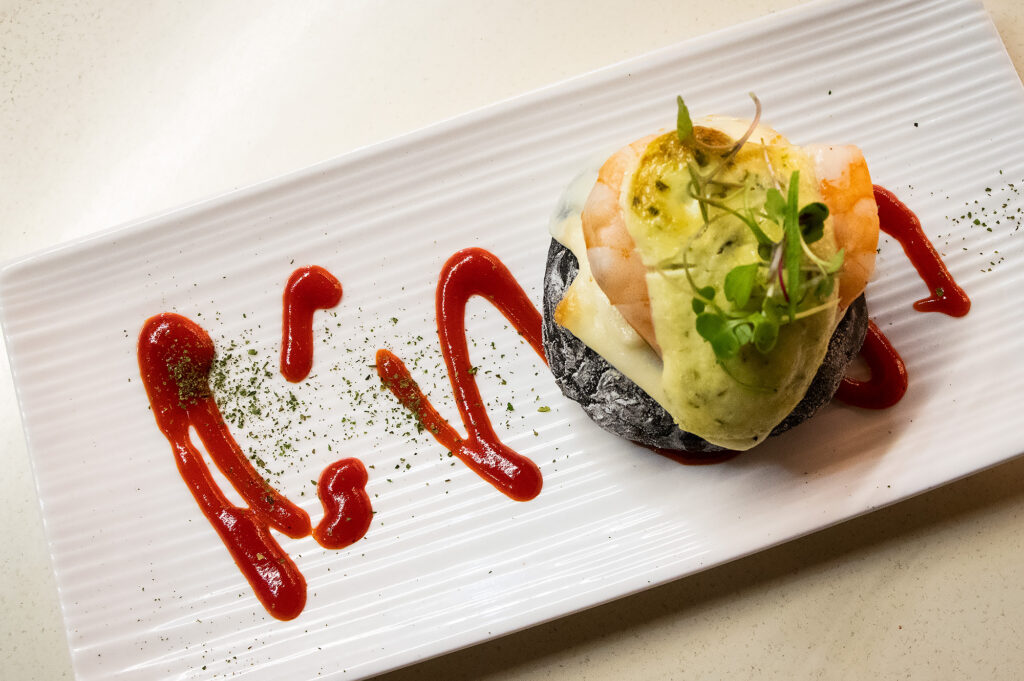
 15:00: Discovering the Jewish Quarter
15:00: Discovering the Jewish Quarter